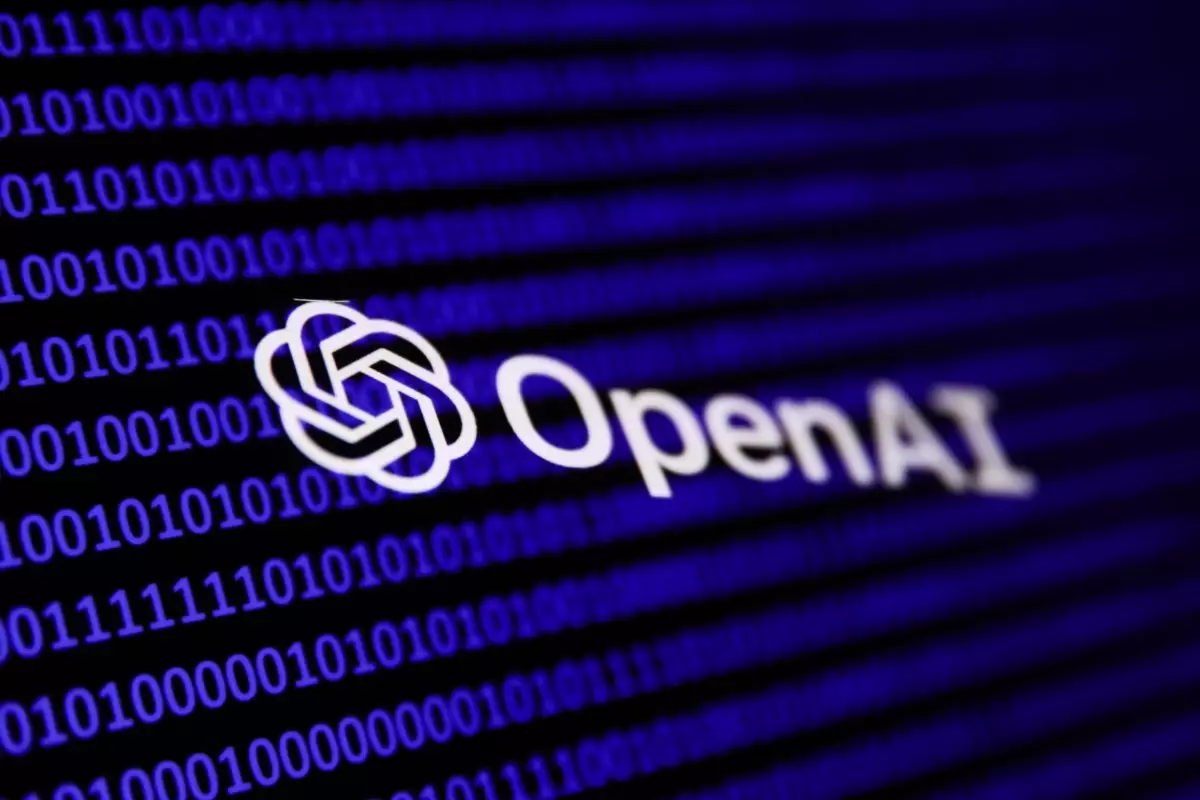The rapidly evolving technology landscape is continuously abuzz with developments that signal the onset of exciting transformations. One such recent event was the trademark application filed by AI powerhouse OpenAI with the U.S. Patent and Trademark Office (USPTO). While filing for trademarks is a routine procedure that companies undertake, the breadth and specificity of OpenAI’s application raise intriguing questions about the potential directions for which the company may be gearing up.
The Ambitious Scope of OpenAI’s Trademark Filing
OpenAI’s application goes beyond the conventional scope, hinting at both immediate and speculative future endeavors. It proposed a comprehensive product lineup that includes innovative hardware such as smart glasses, advanced headsets, augmented reality goggles, and AI-integrated wearables like smart jewelry and smartwatches. The mention of these gadgets designed for “AI-assisted interaction, simulation, and training” suggests an intention to enhance consumer experiences through cutting-edge technology. Such products could conceivably rewrite how we interface with artificial intelligence, emphasizing interaction that feels more organic and intuitive.
The collaboration with former Apple designer Jony Ive amplifies such ambitions. Known for his aesthetic precision and user-friendly designs, Ive’s involvement signifies that OpenAI may not just be pursuing any ordinary hardware venture but rather aiming for extraordinary design elegance combined with functional sophistication. The venture could mark OpenAI’s leap into hardware that resonates with the user-centric designs that have become synonymous with premium technology brands.
Ambitions Beyond Consumer Electronics
Beyond consumer electronics, OpenAI’s filing signals an interest in the robotics realm. Specifically, the mention of “user-programmable humanoid robots” suggests a bid to create machines capable of personal interaction, learning, and assistance. The potential applications for such humanoid robots are vast—from companionship to practical assistance in various sectors. The new robotics team, led by Caitlin Kalinowski, further reinforces this venture, as the company’s ambition to develop AI-driven intelligent robots hints at a more immersive future interaction with technology.
However, this ambition does not come without challenges. The development of humanoid robots that genuinely mimic human-like intelligence poses significant technical hurdles. As OpenAI embarks on this journey, it seems poised not for rapid prototypes, but rather for thoughtfully created robots that could eventually find roles in both professional settings and individual homes.
OpenAI’s trademark application also sheds light on the technological backbone necessary for supporting such advancements. The mention of custom AI chips aligns with the rumors surrounding the company’s ongoing projects aiming to develop proprietary hardware. Collaborations with semiconductor giants like Broadcom and TSMC suggest that OpenAI’s aspirations are not merely theoretical; they are grounded in tangible efforts to create components optimized for AI processing needs.
Moreover, the potential application of quantum computing in training AI models adds yet another layer of complexity to the company’s vision. Quantum computing has the theoretical capability to enhance computational efficiency significantly, making it an attractive area of exploration for an organization looking to reduce the costs and time associated with AI training. With adjustments to the computational architecture, OpenAI could pioneer innovations that could set new benchmarks in machine learning efficiencies.
Despite the ambitious prospects reflected in OpenAI’s trademark application, it is crucial to approach these developments with a balanced perspective. Trademark filings can often be broad and speculative, serving more as a beacon of potential exploration rather than actionable plans. The intricacies of product development mean that while these aspirations might exist on the drawing board, the timeline for their realization remains uncertain.
As the landscape of AI and hardware continues to unfold, it will be fascinating to observe how OpenAI navigates these complex realms. The considerable investments in technology and human resources indicate a commitment to expanding the boundaries of what AI can accomplish. However, it remains an open question whether these innovations will materialize in the anticipated timeframe—or if they will remain concepts waiting to be brought to life.

